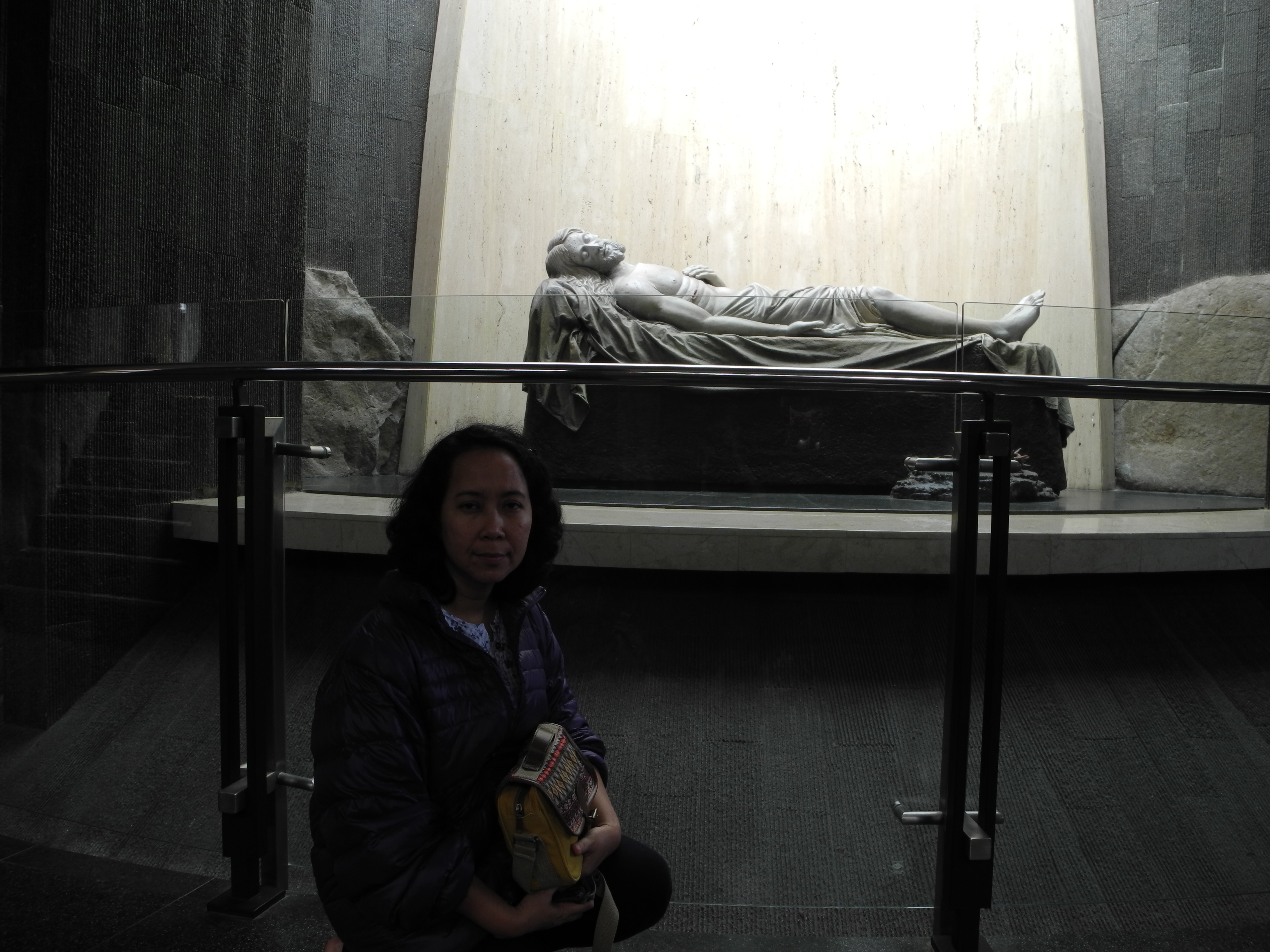RAW FILES IN PHOTOGRAPHY

RAW Digital Images
RAW is an image file format used by many high-end and professional digital cameras. RAW files are considered to be the best form of image file, since it does not process the picture, leaving total control of the editing to the user. RAW file size is much larger that .JPEG files, but is slightly smaller than .TIF files. RAW image files can be edited by Adobe Photoshop and Corel Paintshop Pro. RAW image files can be converted to .JPEG or .TIF by using ReaConverter.
Raw image files are sometimes called digital negatives, as they fulfill the same role as negatives in film photography: that is, the negative is not directly usable as an image, but has all of the information needed to create an image. Likewise, the process of converting a raw image file into a viewable format is sometimes called developing a raw image, by analogy with the film development process used to convert photographic film into viewable prints. The selection of the final choice of image rendering is part of the process of white balancing and color grading.
Like a photographic negative, a raw digital image may have a wider dynamic range or color gamut than the eventual final image format, and it preserves most of the information of the captured image. The purpose of raw image formats is to save, with minimum loss of information, data obtained from the sensor, and the conditions surrounding the capturing of the image (the metadata).
Raw image formats are intended to capture as closely as possible (i.e. at the best of the specific sensor’s performance) the radiometric characteristics of the scene, that is, physical information about the light intensity and color of the scene.
Shooting in RAW
If you do shoot in Raw, your computer rather than the camera will process the data and generate an image file form it. Guess which has more processing power: your digital camera or your computer? Shooting in Raw will give you much more control over how your image looks and even be able to correct several sins you may have committed when you took the photograph, such as the exposure.
To take advantage of this you will certainly need to use some software on your computer to process the files and produce JPEGs (or TIFFs). I have found the Camera Raw that comes with Adobe Photoshop CS2 to be very good at processing Raw files (even batch processing them), though everybody has their favorite (RawShooter has a lot of fans). When you load a Raw file using Adobe Photoshop CS2 the Camera Raw dialog will automatically pop up. Most of the time the automatic settings are fairly decent, but you have the chance to change the white balance, exposure, contrast, saturation, and even calibration of the red, green, and blue guns or correct for lens abberation – all lossless.
If the white balance is off I have found that it is much easier to fix using the Camera Raw screen than loading the JPEG and manipulating that – the end result is much better as well. The richness, detail (sharpness), color range and ability to adjust these settings end up being so much greater with a Raw file, even though what a Raw file looks like before processing is anything but rich and sharp. As a side note, all of my work that uses creative coloring was colored using the white balance settings in the Camera Raw dialog.
Part of the conversion to JPEG are sharpening algorithms and as a result, the unprocessed Raw file is less sharp. Two things can affect this, one is the brand of camera (Nikon cameras are generally considered sharper, but this is not true across all models) and the other factor is the user settings for sharpening in the camera. Loading a Raw file in a program such as Adobe Photoshop CS2 will automatically apply white balance, sharpening, contrast, brightness, etc… and can even batch process Raw files. I often use this feature as a first pass and then go back and adjust the settings if needed. This is especially helpful because even if I did everything correct in camera when I took the photo and my conversion software was able to use the full processing power of my desktop computer, the conversion to JPEG could still trick the camera or my computer and only my eye can produce the correct while balance, contrast, brightness, etc…
What software is good to use with RAW?
• Microsoft RAW Image Thumbnailer and Viewer for Windows XP (essential for Windows based photographers)
• Picasa (Free!)
• Adobe Photoshop CS or CS2
• RawShooter Premium (recently bought by Adobe)
• ACD See (for Digital Asset Management)
• Portfolio Extensis 8 (for Digital Asset Management)
• iView Media Pro (DAM, recently bought by Microsoft)
• BreezeBrowser Pro (DAM, I also love their Downloader Pro for use with my card readers)
• Adobe Lightroom (beta)
• Capture One
• IrfanView
• DXO Optics Pro
• Picture Window Pro
• the software that came with your camera
• more software comes out all the time…




